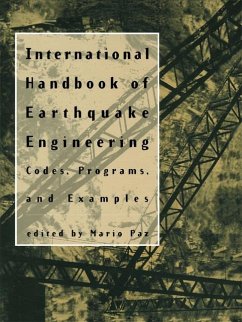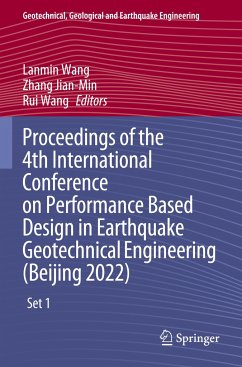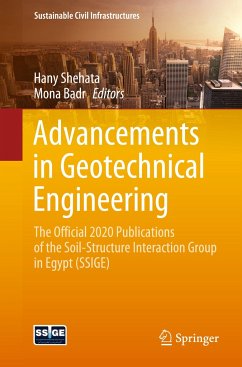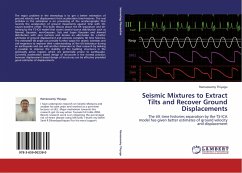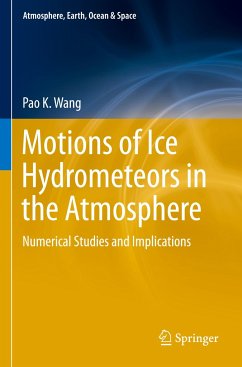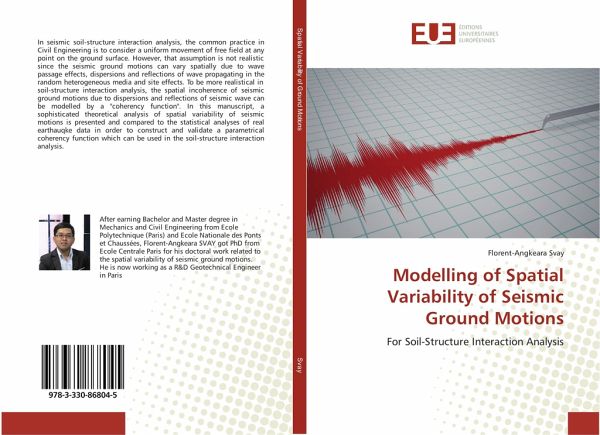
Modelling of Spatial Variability of Seismic Ground Motions
For Soil-Structure Interaction Analysis
Versandkostenfrei!
Versandfertig in 6-10 Tagen
36,99 €
inkl. MwSt.

PAYBACK Punkte
18 °P sammeln!
In seismic soil-structure interaction analysis, the common practice in Civil Engineering is to consider a uniform movement of free field at any point on the ground surface. However, that assumption is not realistic since the seismic ground motions can vary spatially due to wave passage effects, dispersions and reflections of wave propagating in the random heterogeneous media and site effects. To be more realistical in soil-structure interaction analysis, the spatial incoherence of seismic ground motions due to dispersions and reflections of seismic wave can be modelled by a "coherency function...
In seismic soil-structure interaction analysis, the common practice in Civil Engineering is to consider a uniform movement of free field at any point on the ground surface. However, that assumption is not realistic since the seismic ground motions can vary spatially due to wave passage effects, dispersions and reflections of wave propagating in the random heterogeneous media and site effects. To be more realistical in soil-structure interaction analysis, the spatial incoherence of seismic ground motions due to dispersions and reflections of seismic wave can be modelled by a "coherency function". In this manuscript, a sophisticated theoretical analysis of spatial variability of seismic motions is presented and compared to the statistical analyses of real earthauqke data in order to construct and validate a parametrical coherency function which can be used in the soil-structure interaction analysis.






